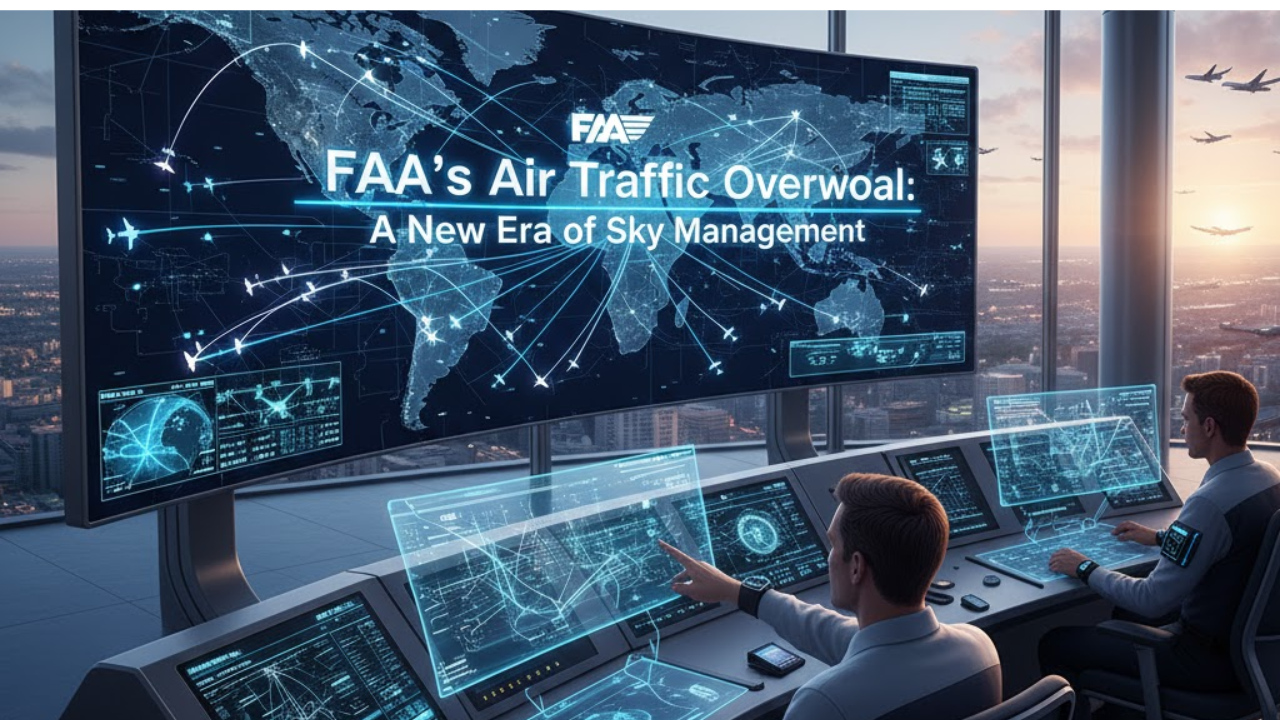
Post by : Meena Rani
The Federal Aviation Administration (FAA) has embarked on a massive $12.5 billion modernization plan to overhaul the U.S. air traffic control (ATC) system. With growing passenger traffic, aging infrastructure, and critical staffing shortages, this initiative could redefine how aircraft are managed across American skies. Airlines, aerospace firms, and government agencies all agree: the future of aviation safety and efficiency depends on a digital, data-driven transformation of air traffic management.
For decades, the FAA has relied on outdated radar-based systems to track and manage aircraft. But as the aviation industry grows—projected to handle nearly 1 billion passengers annually by 2030—traditional systems are showing strain.
Staffing shortages: The U.S. is currently short by nearly 3,000 air traffic controllers, leading to delays and operational bottlenecks.
Aging technology: Many control centers still use legacy systems designed in the 1970s.
Rising flight demand: The post-pandemic recovery has seen commercial flight activity surge, stressing infrastructure.
Increased complexity: Integration of drones, business jets, and future urban air mobility (UAM) vehicles will add new layers of airspace management.
These challenges prompted the FAA to accelerate its modernization roadmap under the Next Generation Air Transportation System (NextGen) program—a long-term vision to bring automation, AI, and real-time data sharing into the national airspace.
The new FAA strategy isn’t just about upgrading old radars. It’s about building a smarter, more predictive air traffic ecosystem powered by advanced technologies.
Digital communications (DataComm): Replacing traditional voice-based communication between pilots and controllers with digital text-based messaging to reduce miscommunication and workload.
Satellite-based navigation (ADS-B): Moving from radar tracking to GPS-based tracking that provides more accurate and continuous aircraft position data.
Automation and AI-assisted decision systems: Introducing predictive tools to manage congestion, reroute traffic, and anticipate weather-related disruptions.
Integrated drone and eVTOL management: Developing unified traffic systems to safely integrate autonomous and electric air taxis into commercial airspace.
Cybersecurity reinforcement: Protecting critical aviation infrastructure from potential cyberattacks as connectivity increases.
The FAA aims to implement the first set of reforms by 2027, with full-scale nationwide deployment targeted for the early 2030s.
While the FAA’s vision is ambitious, major U.S. airlines are calling for immediate fixes. Carriers argue that the current ATC delays are costing billions in fuel, time, and scheduling disruptions every year.
Airlines have urged the FAA to focus first on “quick wins,” such as:
Accelerating hiring and training of new controllers
Upgrading outdated radar and software in high-traffic regions (New York, Atlanta, Chicago)
Expanding DataComm to all major airports
Streamlining communication between federal and local ATC facilities
The Airlines for America (A4A) trade group has emphasized that incremental improvements can deliver faster results while the broader modernization continues.
Modernization will rely heavily on automation, data analytics, and digital infrastructure. Artificial intelligence will assist human controllers by analyzing real-time traffic data and suggesting optimal flight paths to reduce congestion.
AI-driven traffic flow management – Tools that can detect potential conflicts and automatically suggest adjustments.
Cloud-based coordination – Enabling seamless communication between regional control centers and airline operations.
Augmented reality (AR) interfaces – Training controllers with realistic airspace simulations.
Predictive maintenance analytics – Monitoring system performance and preempting technical failures.
The FAA has also begun experimenting with voice recognition and gesture-based systems to simplify workload management for air traffic controllers—technologies that could become standard by the next decade.
Perhaps the most critical issue isn’t just outdated tech—it’s people. The controller shortage has already forced the FAA to reduce scheduled flights at busy airports like New York’s JFK and Washington’s Reagan National.
Retirement of senior controllers without sufficient replacements
Lengthy training pipelines (2-4 years to fully certify)
High stress and burnout rates within the profession
To address this, the FAA plans to hire 1,800 new controllers by 2026, invest in virtual training simulators, and improve shift scheduling to prevent fatigue. However, experts believe the gap will persist for several more years, even with aggressive hiring.
For travelers, these modernization efforts could mean:
Fewer flight delays and cancellations
More efficient flight routes, saving fuel and emissions
Enhanced safety monitoring through predictive AI tools
Greater integration of next-gen aircraft, including drones and hybrid-electric planes
Airlines expect a 20–25 % improvement in airspace efficiency once full digital automation is in place—a significant leap that could save billions in operational costs annually.
Despite widespread support, the overhaul faces several hurdles:
Funding approvals from Congress and budget consistency
Integration between legacy and new systems during the transition phase
Cybersecurity risks due to digital dependencies
Global harmonization—aligning FAA systems with European and Asian aviation authorities
Without consistent investment and international coordination, experts warn that modernization could fall short of expectations.
The modernization of the U.S. air traffic system marks the biggest aviation infrastructure upgrade since the introduction of radar itself. If executed successfully, it could usher in:
Autonomous and AI-assisted flight control
Reduced human error
Sustainable airspace optimization
Safer, faster, and more eco-efficient flight operations
As the world enters a new age of aviation—defined by drones, hybrid aircraft, and supersonic travel—the FAA’s digital air traffic transformation could become the blueprint for other nations to follow.
Disclaimer:
This article is for informational purposes only and reflects ongoing developments in aviation technology. While every effort has been made to ensure accuracy, readers should verify the latest FAA announcements and industry updates before citing or sharing this information.
faa modernization, air traffic control, aviation technology, aviation delays, flight management, digital airspace, aviation safety, aerospace innovation
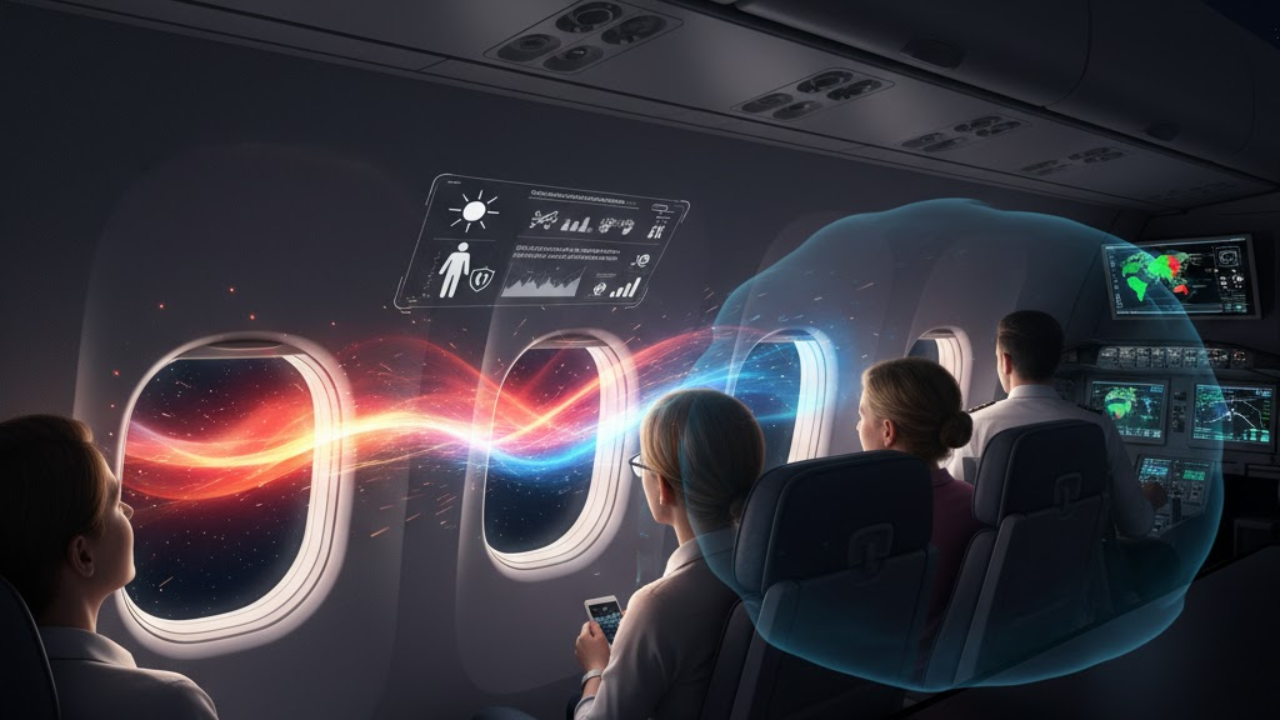
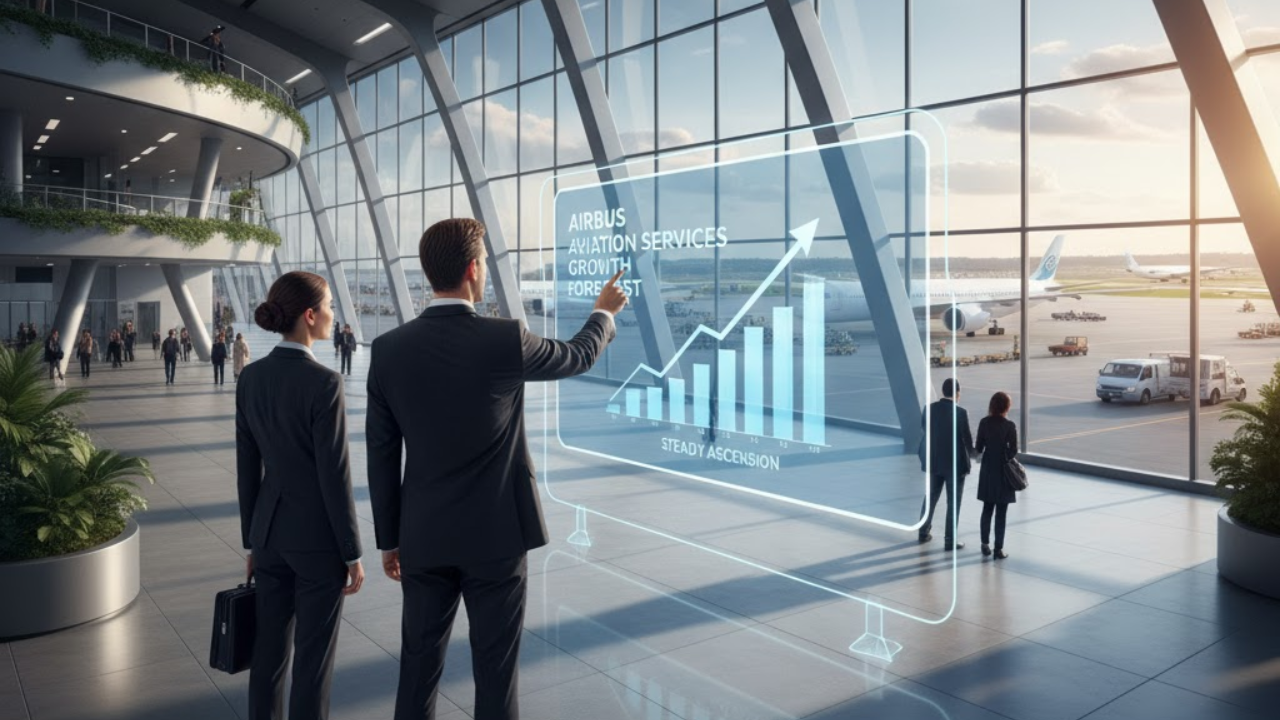

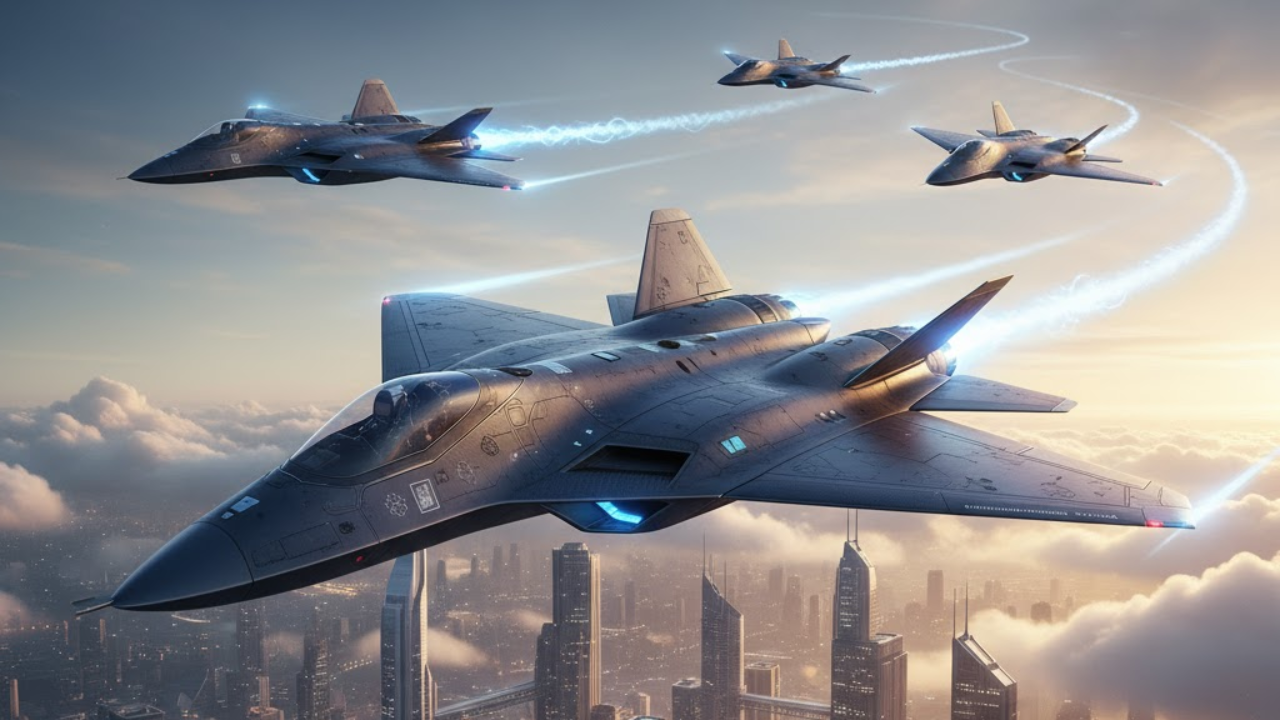
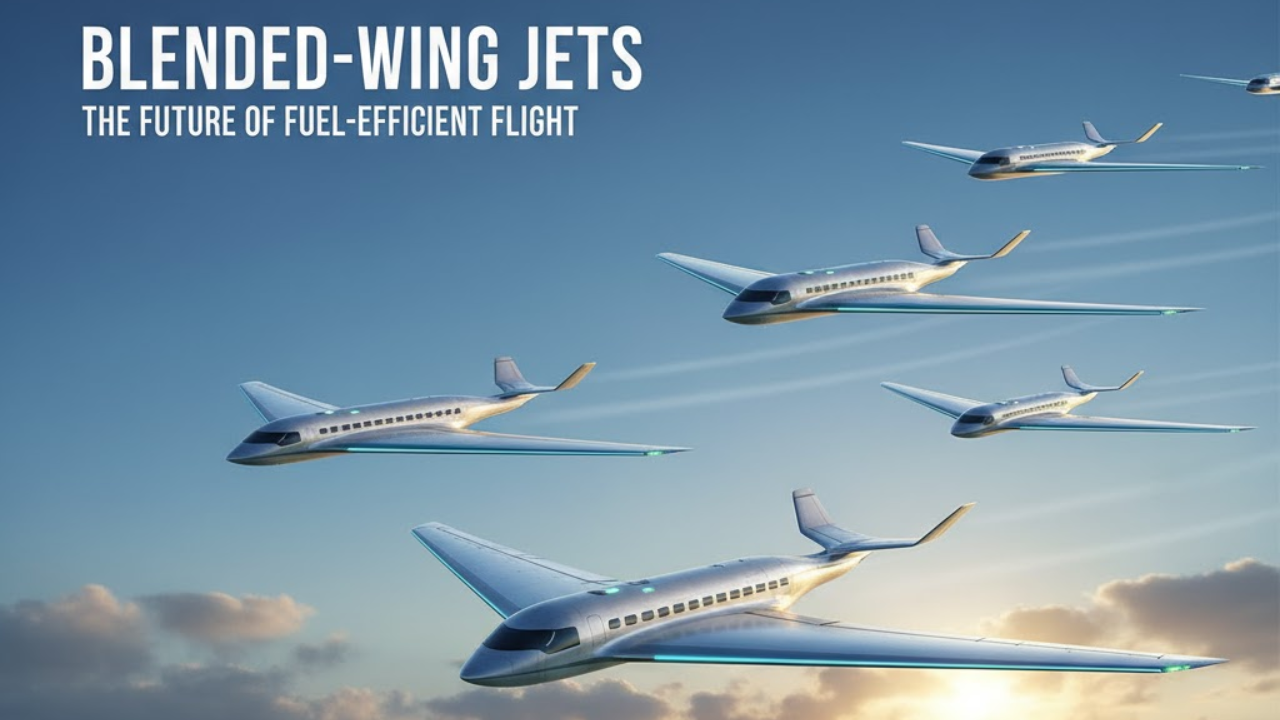
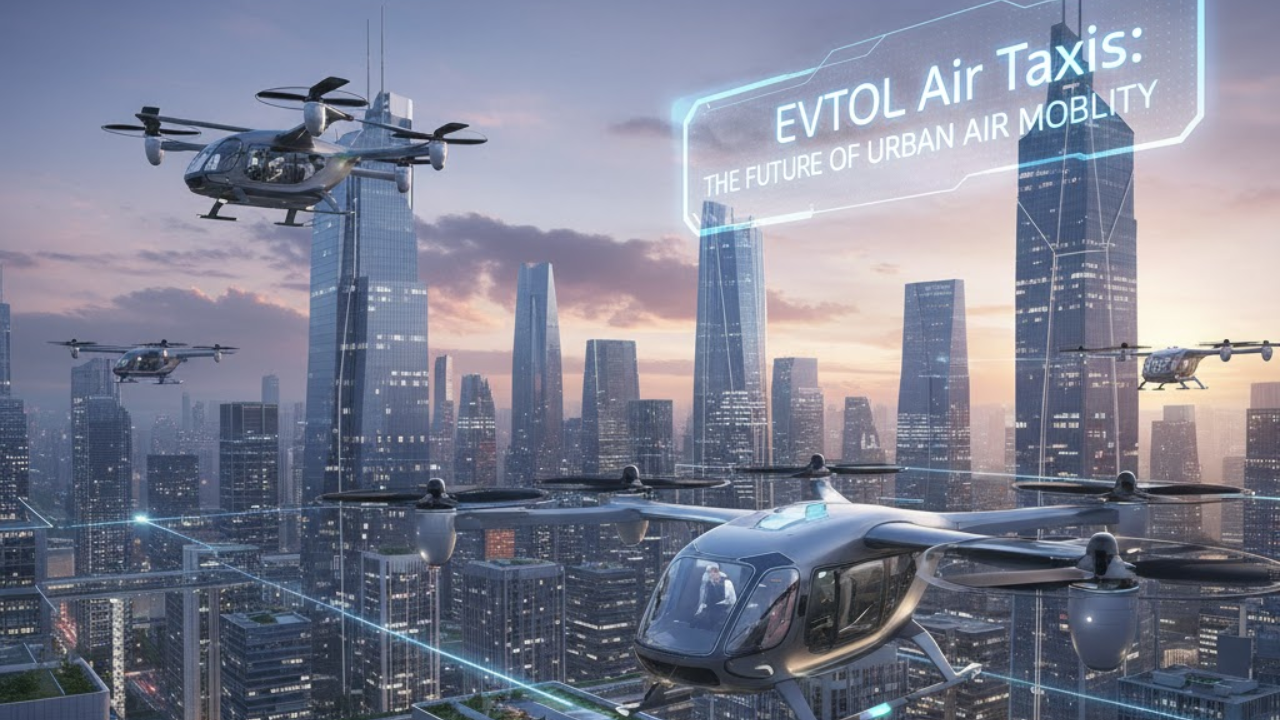

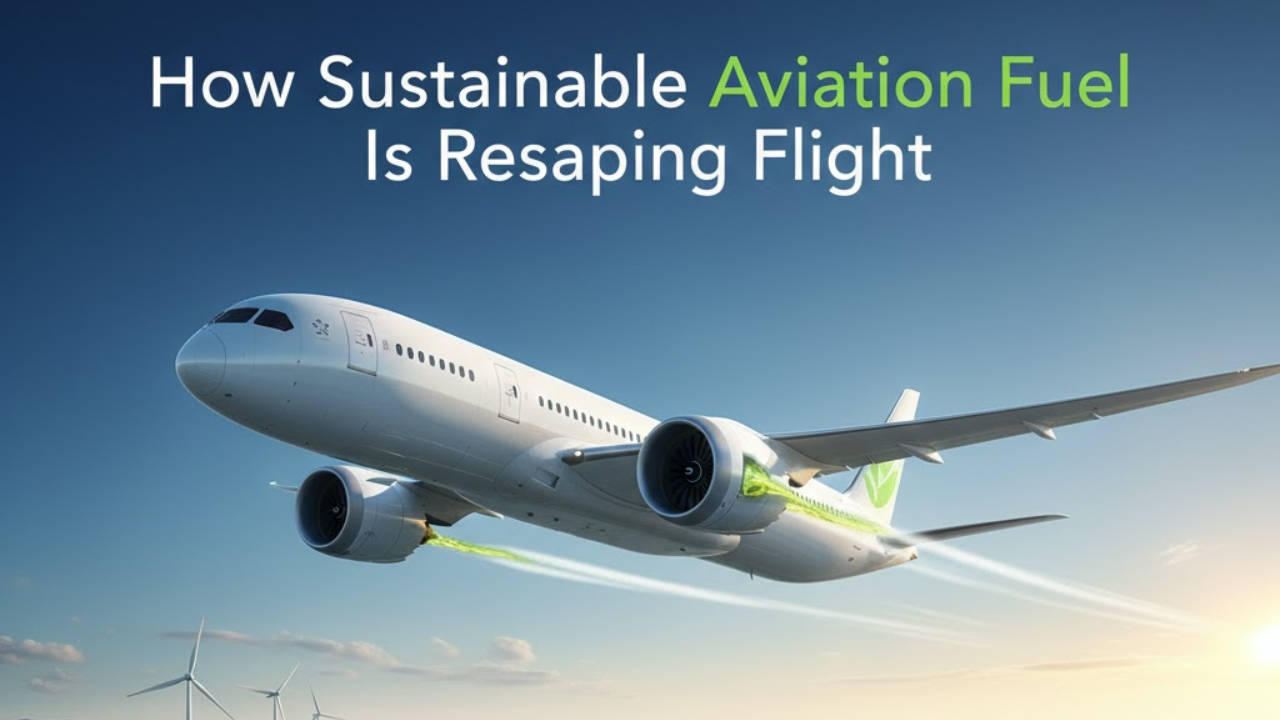


Bengaluru-Mumbai Superfast Train Approved After 30-Year Wait
Railways approves new superfast train connecting Bengaluru and Mumbai, ending a 30-year demand, easi

Canada Post Workers Strike Halts Nationwide Mail and Parcel Services
Canada Post halts operations as CUPW strike disrupts mail and parcel delivery nationwide amid disput

PM Modi Launches BSNL ‘Swadeshi’ 4G Network, 97,500 Towers Built
India enters global telecom league as PM Modi inaugurates BSNL’s indigenous 4G, connecting 26,700 vi

India’s Iconic MiG‑21 Takes Final Flight After Six Decades of Service
After 60 years India retires its MiG‑21 fighter jet, a legendary yet controversial warplane marking

Hindustan Zinc unveils AI hotspot monitoring at Debari smelter
Hindustan Zinc launches AI-powered Switchyard Hotspot Monitoring at Debari smelter to cut outages bo

Chinese experts worked inside sanctioned Russian drone plant
Chinese drone specialists visited IEMZ Kupol supplying parts and drones via intermediaries, deepenin